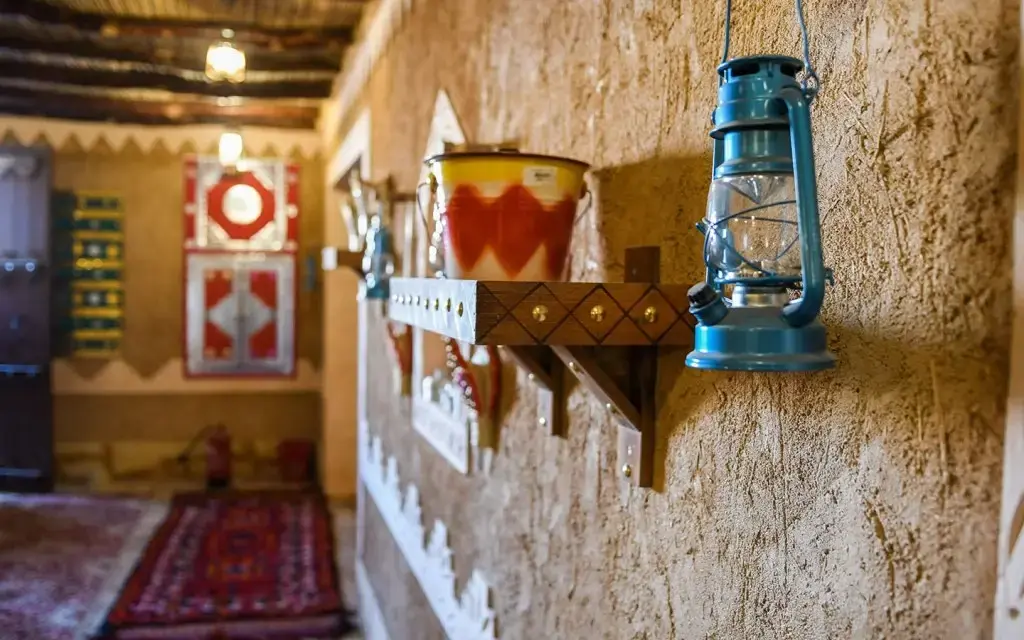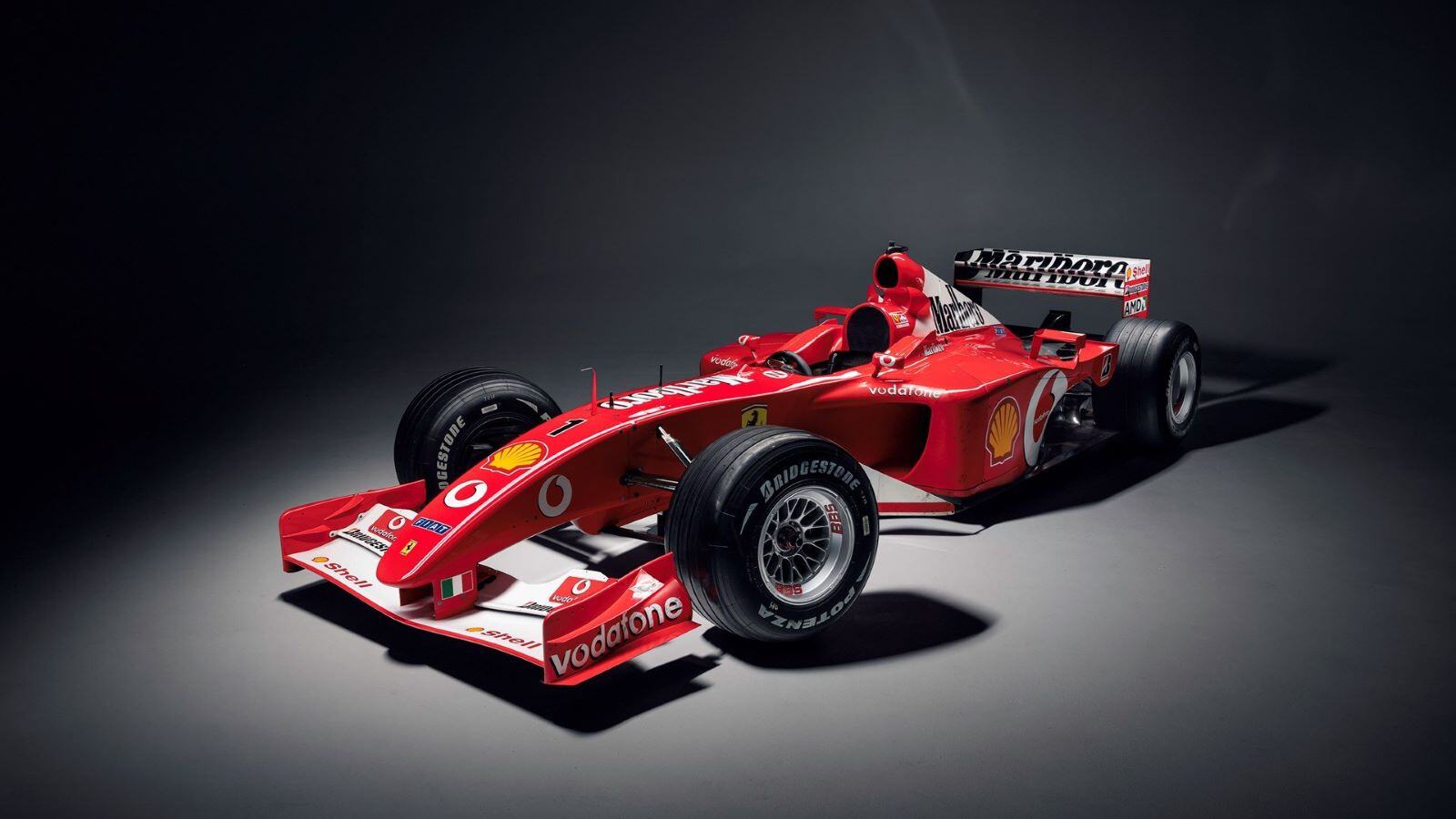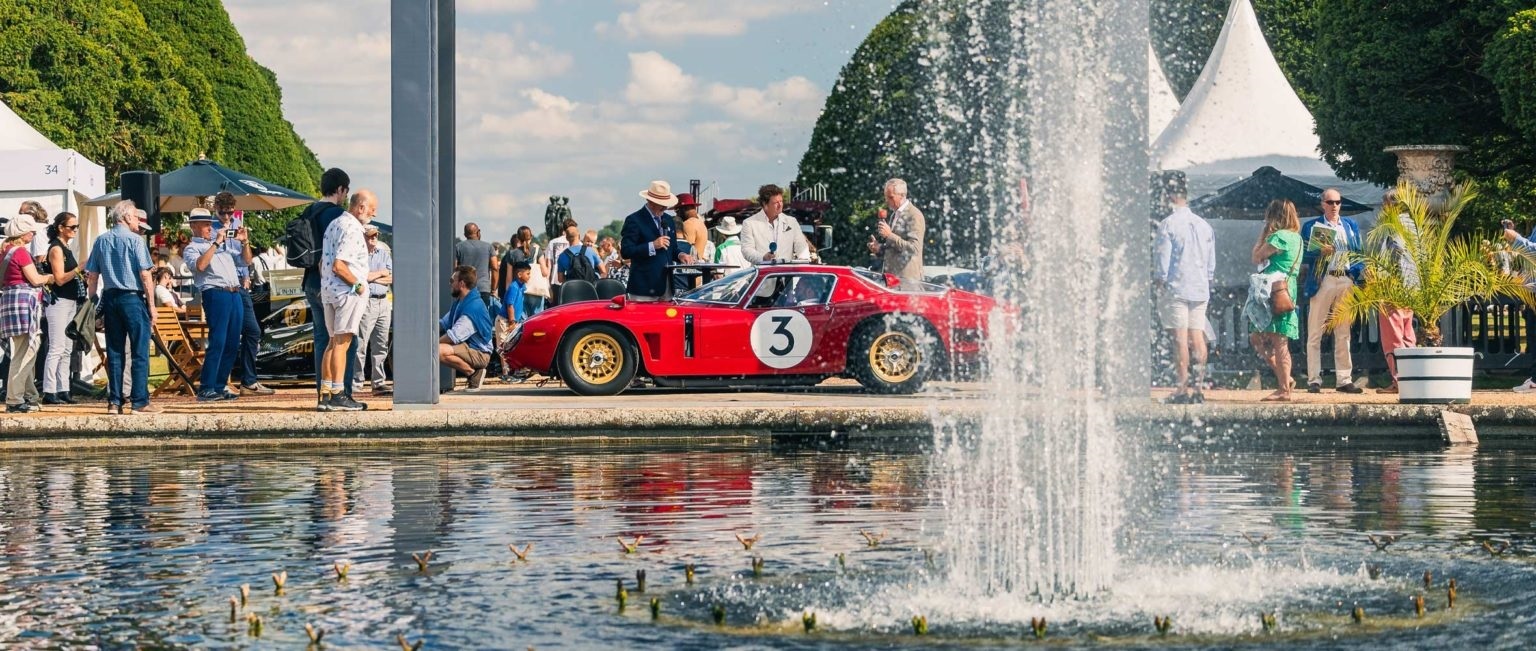Saudi Homes: Bridging the Gap Between the Past and Modernity

Over time, Saudi Arabia saw various changes in how buildings were constructed and designed. Decorations, designs, and construction tools varied from region to region. Over time, these methods improved and evolved, leading to what we have today.
The varying building styles in Saudi cities are a result of different factors. One of the most important factors is the diverse climate in these cities, which influences the choice of construction materials. The unique weather conditions in each region directly affect how homes are decorated both inside and outside.
In the southern part of Saudi Arabia, old-style architecture used stone foundations to create oval shapes. Tree branches and skins tied with ropes were used for support.
In addition to using clay and wood for making house walls, many of these homes had small doors and windows with designs to keep out excessive airflow inside.
In the eastern part of the country, they often used coastal rocks for buildings, while inland cities primarily used rocks from hills and highlands. In those days, Saudis commonly used palm trunks for ceilings, and clay and plaster for walls inside and outside because they could handle and absorb the humidity common in those areas.
In the western part of the country, cities had buildings made mainly from stone, with variations in colour from white to dark shades. These houses were multi-story, and they had ornate wooden windows called 'rawasheen' on the outside with unique decorations. Inside, the walls were supported by clay, and the ceilings were constructed from wood.
Over the years, construction in Saudi Arabia has changed a lot. This shift is due to advancements in technology, the rise of the digital era, and specialised real estate companies. We've moved from traditional to modern construction methods, utilising advanced technologies that are environmentally friendly and renewable, like prefabricated 3D concrete units, insulated concrete units, 3D printing, robots, and more.
Looking at the history and present of Saudi architecture, we find that despite the great development and qualitative shift, there are still some ancient details that the Saudis preserve as a kind of heritage and culture of the place, in addition to modern technical touches that suit this time, resulting in an architectural mix that attracts attention.



